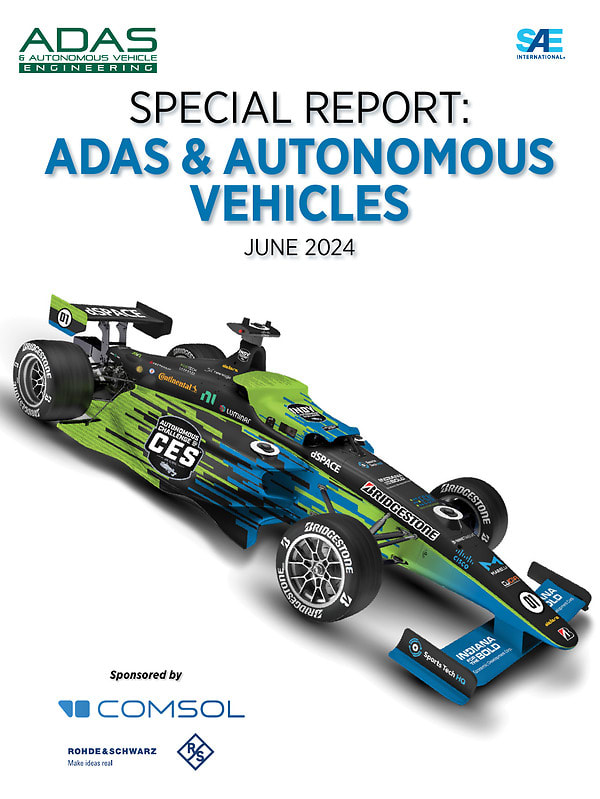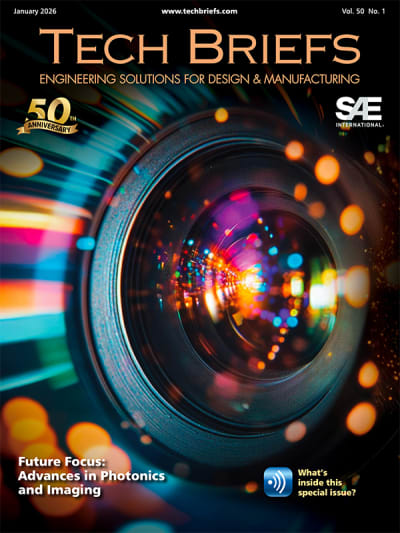ADAS & Autonomous Vehicles - June 2024

Ten amazing unmanned ground vehicles being tested worldwide…full speed ahead for Indy autonomous race cars…laser attacks blind automated vehicles. Read these stories and more in this compendium of articles from the editors of Automotive Engineering, ADAS & Autonomous Vehicle Engineering, and Aerospace & Defense Technology.
Don't have an account?
Overview
The Special Report on Advanced Driver Assistance Systems (ADAS) and Autonomous Vehicles, published in June 2024, delves into the latest advancements and trends in automotive technology, particularly focusing on the integration of sensors and the evolution of vehicle capabilities.
The report highlights the critical role of sensors in modern vehicles, which are essential for monitoring various conditions and ensuring safety. In typical passenger vehicles, there are between 60 to 100 sensors, with a significant portion dedicated to engine management. Commercial trucks can have up to 400 sensors, reflecting the complexity and demands of their operations. These sensors monitor everything from tire pressure and fluid levels to engine temperatures and wheel speed, contributing to both vehicle performance and passenger comfort.
A key theme of the report is the concept of sensor fusion, which involves combining data from multiple sensors to enhance decision-making capabilities. This technology is crucial for the development of self-driving cars, which require a comprehensive understanding of their surroundings to navigate safely. The report discusses how advancements in sensor technology are enabling vehicles to make more informed decisions, thereby improving safety and efficiency.
The report also addresses the economic considerations of adopting new sensor technologies. It notes that the cost-effectiveness of these technologies will be evaluated based on their performance relative to existing solutions. For instance, in applications where a secondary electric motor serves as a backup, the performance requirements may be less stringent, allowing for the use of more cost-effective sensor solutions without significantly compromising safety or functionality.
Furthermore, the report emphasizes the importance of leadership and innovation in the engineering field, particularly among women. It encourages the nomination of remarkable women who are making significant contributions to engineering, aiming to inspire future generations to pursue careers in this vital industry.
Overall, the Special Report serves as a comprehensive overview of the current landscape of ADAS and autonomous vehicles, showcasing the technological advancements that are shaping the future of transportation. It underscores the importance of sensors in enhancing vehicle safety and performance, while also highlighting the need for strategic decision-making in the adoption of new technologies. The report aims to inform industry stakeholders about the ongoing developments and encourage a dialogue on the future of automotive engineering.

